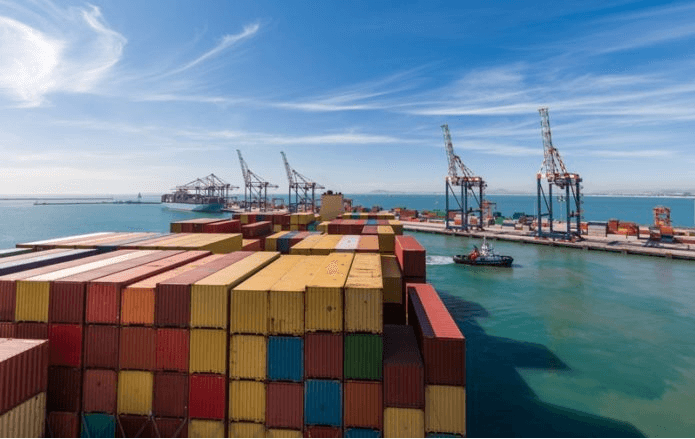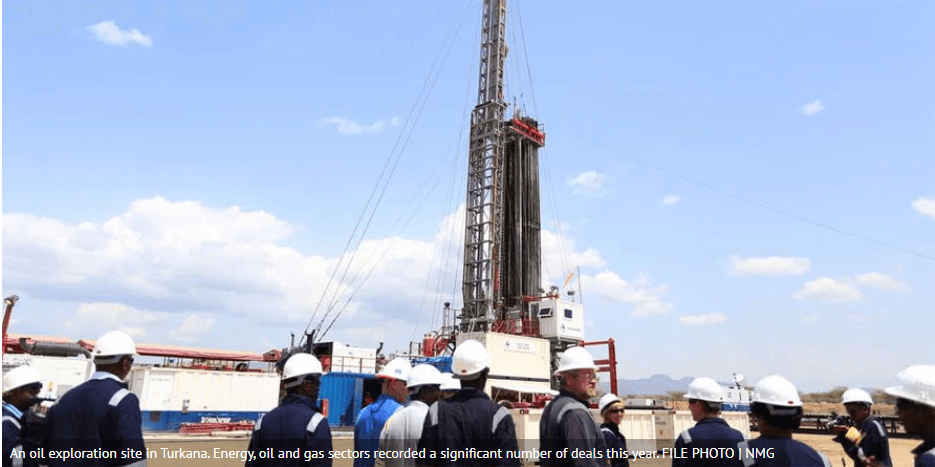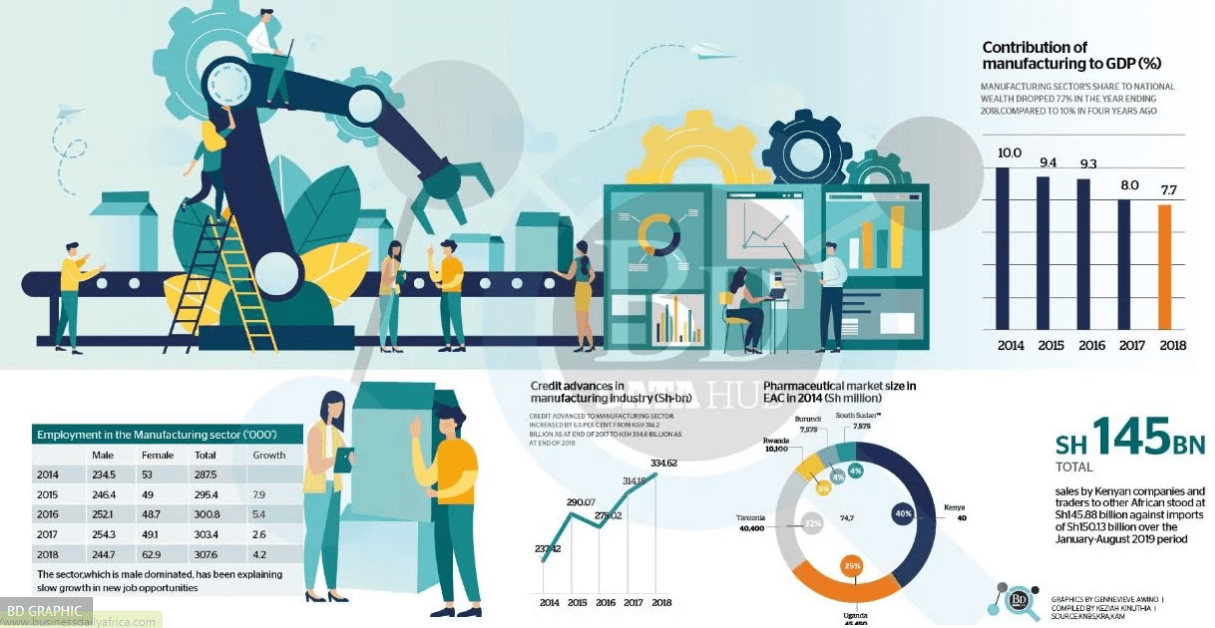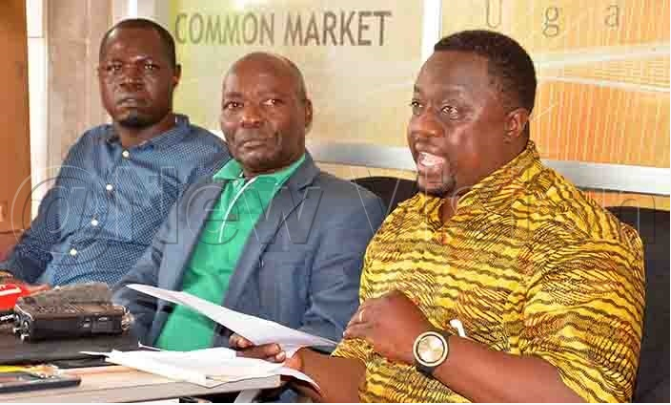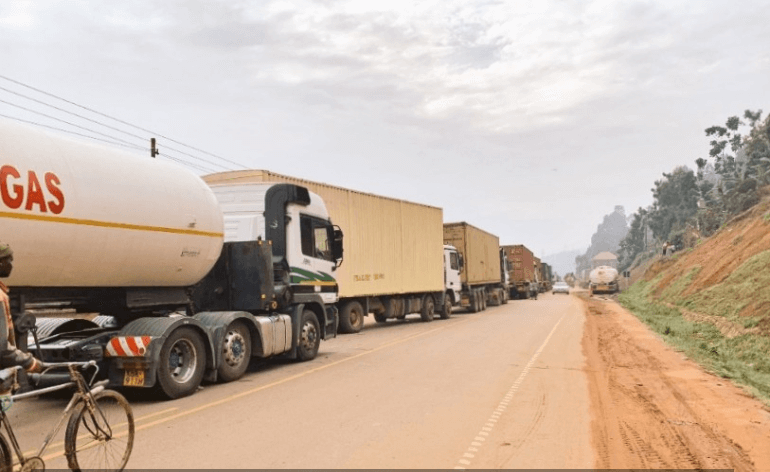Trade into Africa The signing of the Kigali Declaration in 2018 marks a significant shift in expectations for intra-African trade. Regarded as the first step towards the establishment of a Continental Free Trade Area (AfCTA), the commitment shown by African political leaders shows that the issue is receiving priority status. The continent’s population of 1.2-billion represents a huge and potentially lucrative market, with the 55 members states of the African Union having a combined gross domestic product (GDP) of $2.5-trillion. However, many African countries have stronger trading ties with countries on other continents that they do with their neighbours. The reasons for this are long-standing and complex and will require investment in logistics and infrastructure to overcome. But political will is a major component in the equation and the Kigali Declaration shows an intention to make trading among Africans easier. An AfCFTA Business Forum has been established to allow for private sector engagement with the formulators of policy. This should allow for realistic and workable trade agreements. The United Nations Economic Commission for Africa (ECA) has suggested that by the year 2022, the AfCFTA could lead to an increase in intra-African trade by as much as 52%. Fully 30% of South Africa’s exports are to other countries in Africa, but a massive 83% of this volume is into Southern Africa. This means that the potential for South Africa to grow its exports into other parts of Africa is enormous, if the infrastructural obstacles can be overcome. The Southern African Development Community (SADC) is a 16-member inter-governmental organisation with...
Continental free trade will galvanise African economies
Posted on: November 25, 2019
Posted on: November 25, 2019

